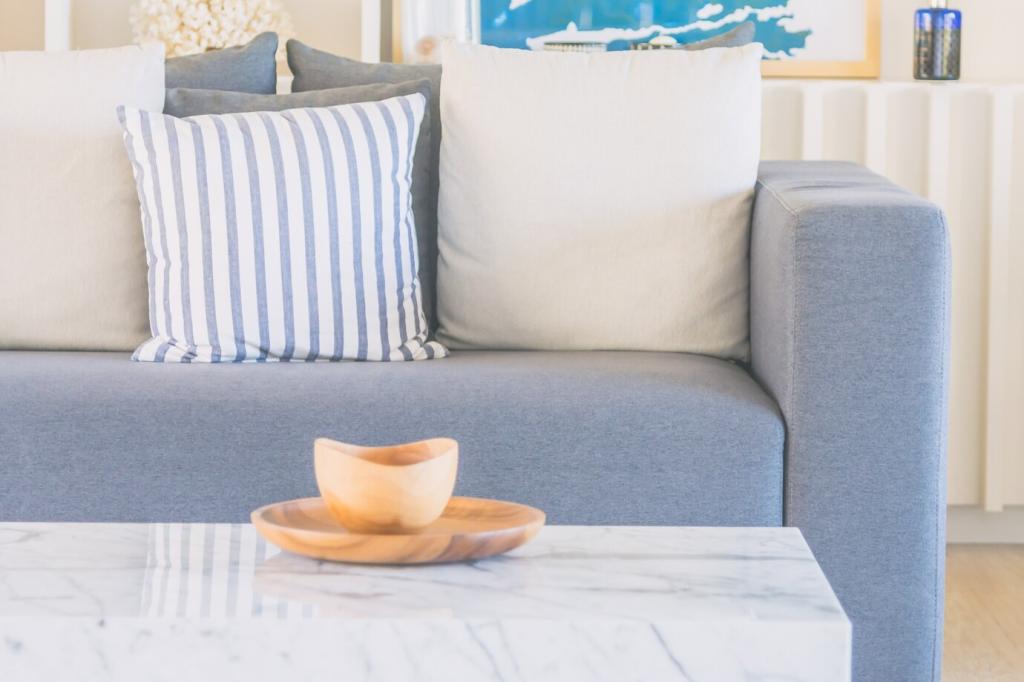Blending Vintage Furniture with Minimalist Decor
Understanding the contrast: Vintage Meets Minimalism
The Essence of Vintage Furniture
Vintage furniture refers to pieces that are often decades old, crafted with care and built to last. These items carry their own stories and a level of craftsmanship that is increasingly rare in contemporary pieces. In a minimalist setting, introducing antique wooden armoires, mid-century modern chairs, or a retro sideboard can instantly add depth, texture, and a connection to the past. The key is to select items that speak to you and possess unique qualities, rather than simply filling a space with old items. Each vintage piece should serve both a functional and aesthetic purpose, ultimately enriching the minimalist setting with history and character.
Minimalist Decor Principles
Minimalist decor revolves around the mantra of “less is more.” This design philosophy values open space, clean lines, and a restricted palette—often focusing on whites, grays, and natural materials. Furniture and decor elements are carefully chosen for their utility, beauty, and ability to contribute to a calm, uncluttered environment. When embracing minimalism, it’s important to resist the urge to over-decorate. Instead, allow each object in the room to have breathing space. In a home with vintage accents, minimalism provides the perfect backdrop, giving these character-rich pieces the attention they deserve without visual clutter.
Finding Harmony in Contrasts
Achieving harmony when blending vintage and minimalist styles requires a careful curation of both elements. Begin by treating your vintage pieces as focal points—highlighting their craftsmanship and story against the simplicity of the surroundings. Keep the color scheme simple to maintain a sense of cohesion, and choose placement carefully to ensure the room doesn’t feel unbalanced. The contrast between the ornate details of vintage furnishings and the gentle austerity of minimalism can enliven a space in subtle, unexpected ways. Through intentional selection and mindful arrangement, you create an atmosphere that captures the best of both worlds.
Selecting the Right Vintage Pieces
Quality Over Quantity
In minimalism, every piece matters, making it essential to invest in well-made vintage furniture that stands the test of time. High-quality materials, sturdy construction, and timeless design are key attributes to look for. Rather than filling your space with numerous small or mismatched vintage pieces, select one or two standout items that anchor the room and convey a sense of history. This focus on selectivity ensures that each vintage addition feels both special and harmonious, imbued with its unique narrative yet able to coexist peacefully in a serene, understated space.


Considering Scale and Proportion
Matching the scale of vintage furniture to the size and layout of your minimalist room is crucial in creating balance. An oversized, ornate vintage sofa might overwhelm a small minimalist living room, while a delicate antique chair could appear lost in a spacious, open-plan area. Aim for pieces that reflect the room’s proportions and seating needs, considering how their silhouette and height interact with the other elements. Thoughtful attention to scale not only enhances functionality but also maintains the uncluttered, airy feel essential to minimalism, while allowing vintage details to shine.
Creating Visual Cohesion
A restricted color palette is the simplest way to harmonize vintage and minimalist styles. Stick to a base of neutrals—whites, beiges, grays, or soft earth tones—and allow your vintage pieces to introduce subtle color accents. When vintage furniture comes in bolder hues, consider reupholstering or painting them in softer tones that complement the overall scheme. This approach keeps the space serene and cohesive, letting unique furniture stand out as purposeful statements instead of causing visual dissonance. The consistent palette ties the elements together and sustains the tranquil spirit of minimalism.

